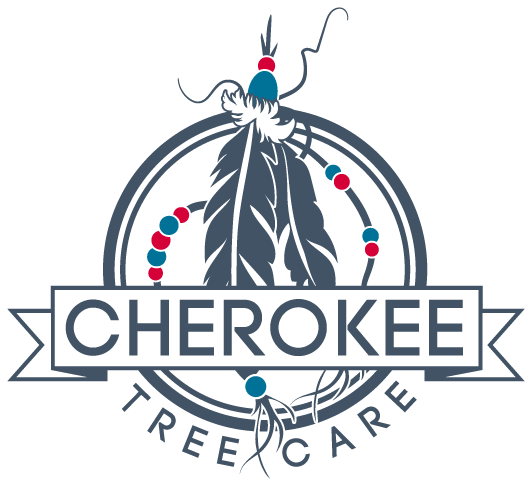Our Plant Health Care department addresses a wide range of pests and environmental challenges that affect our customers’ trees. Among these challenges, we frequently encounter not only typical insect pests but also damage caused by wildlife. While many homeowners appreciate the presence of deer, birds, and other wildlife, these animals can also cause significant harm to their trees.
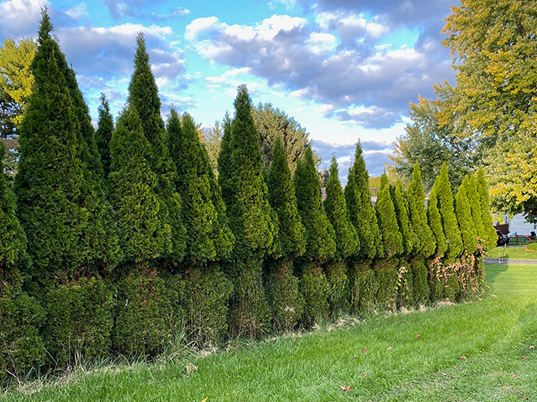
Deer
Observing deer on your property can be a delightful experience. However, their presence often goes unnoticed until we discover eaten landscape plants or damaged tree trunks. Deer have a preference for certain plants, including Hostas, Hydrangeas, Daylilies, Roses, Azaleas, Euonymus, Crabapple trees, fruit trees, Arborvitae, and other evergreen species. When food is scarce, they may consume nearly any plant. Mitigating deer damage can be challenging, especially in areas with high deer populations. Nevertheless, some trees and shrubs are less attractive to deer, such as Dogwood, American Holly, Hickory, Ginkgo, Sweet Gum, Pines, Sycamore, Tulip Tree, Barberry, Boxwood, Lilac, and Forsythia. The Missouri Department of Conservation has a more comprehensive list.
Deer can harm plants not only through feeding but also by causing significant damage during the fall and early winter rutting season. Bucks rub their antlers on tree trunks to remove the velvet, resulting in deep wounds that can severely damage or even kill the trees if the damage is extensive.
Here are some deterrents we recommend:
- Suspending human hair or strong scented soap
- Fencing
- Fishing line strung in front of plants/trees
Squirrels
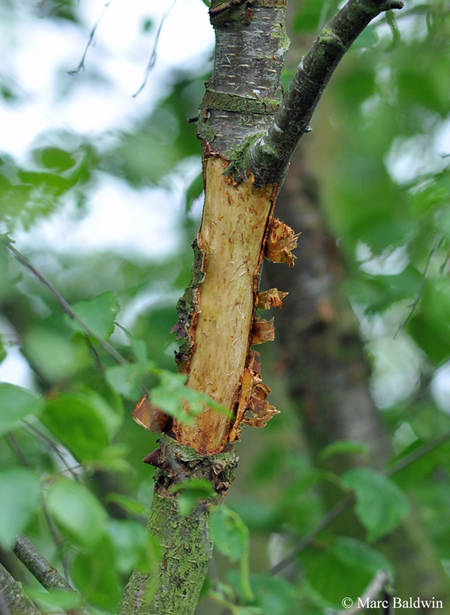
Bushy-tailed tree rats. Are they cute? Perhaps. Are they fun to watch? Occasionally. Can they be destructive? Absolutely.
Squirrels often gather in large numbers and populate neighborhoods with mature trees. They build nests from sticks, leaves, and stripped bark, typically high in the trees. Squirrel-related tree damage includes chewing off limbs and stripping bark. While chewed-off limbs generally do not harm the tree, they can create litter in your yard.
Eradicating squirrel populations on your property can be nearly impossible, especially when the neighborhood shares mature trees that support large squirrel populations. For information on rules and regulations regarding trapping and relocating these animals, check with the Missouri Department of Conservation.
Removing bird feeders can help eliminate some of the squirrels’ easy food sources. If permitted by local laws and hunting regulations, using pellet, BB, or air rifles is another useful method of dealing with squirrels.
Sapsucker & Woodpecker damage
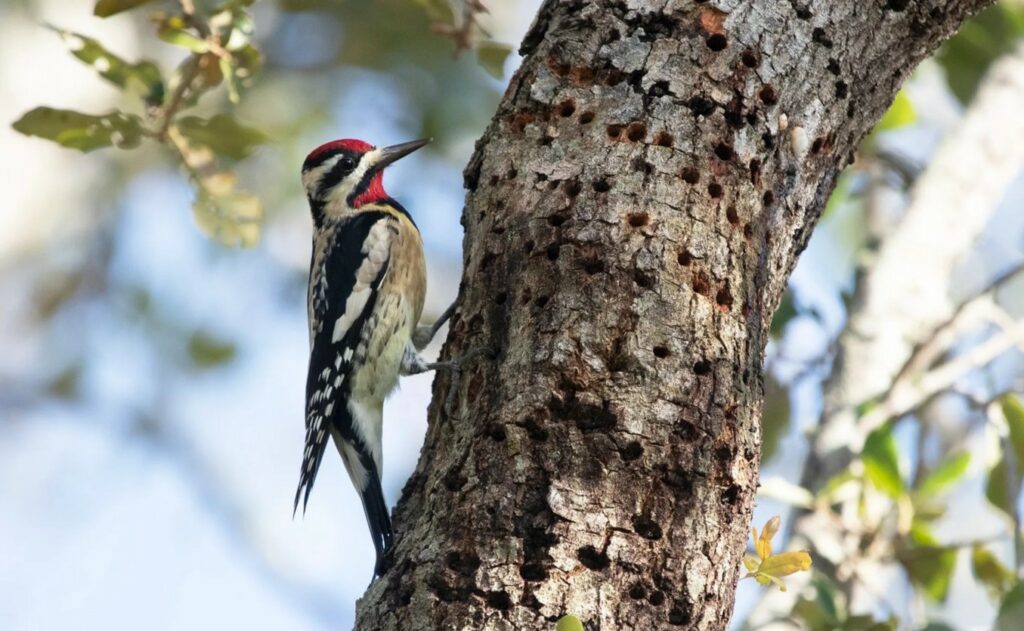
Sapsuckers are birds belonging to the woodpecker family. While both can damage trees, the damage they cause looks different. Sapsuckers are particularly attracted to certain tree species in their search for insects within the sap. In our area, Sapsucker damage is often found on Maples, Southern Magnolias, and Blue Atlas Cedars.
Sapsuckers drill numerous rows of 1/4 to 3/8 inch closely spaced holes in healthy trees to feed on sap and the insects trapped by it. These birds tend to create many small holes in horizontal lines, allowing sap to flow out while they feed. In contrast, woodpeckers leave larger holes scattered up and down a tree. Most trees can recover from Sapsucker damage, but deterrents should be implemented to prevent repeated damage, which can cause stress or eventual decline.
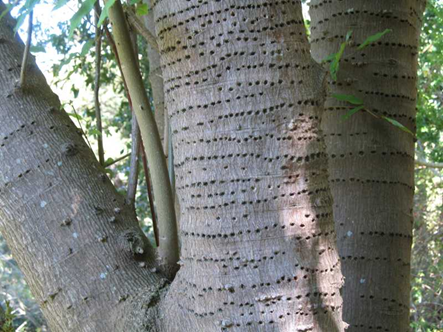
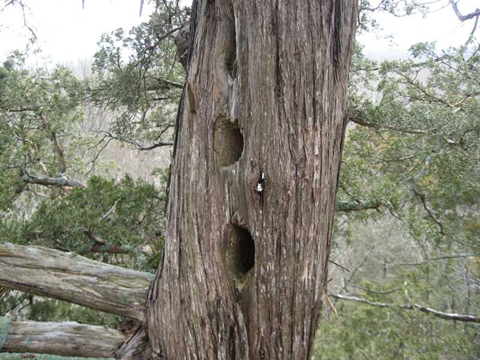
Before taking any “drastic measures”, it is important to note that nearly all birds that can become pests to home gardeners are protected by federal and state wildlife codes.
Deterrents:
- Reflective hangers, hanging CDs, or soda cans
- Pinwheels
- Mylar tape
- Gel repellants for birds
- mesh netting
- fake owls or hawks
Wildlife is an inevitable part of our landscapes and should not be a cause for alarm. However, it can cause damage, so it is important to be informed about how to best care for our trees and shrubs while minimizing our impact on the natural environment. If your trees are damaged, we can help with organic fertilizations, pruning, and various mitigation options. Contact us to discuss how our services can benefit your trees.
